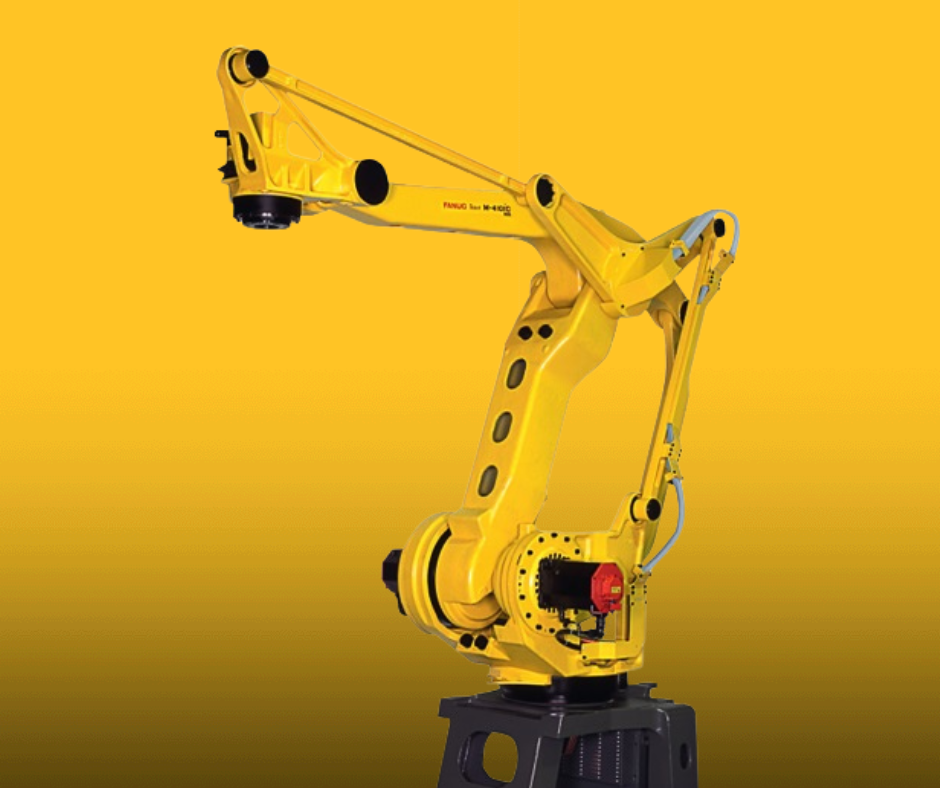Robotic arms have revolutionized manufacturing by combining precision, safety effectiveness, and other aspects that were previously unimaginable. The mechanical marvels, often known as robot arms become indispensable to industries across the globe, driven by a need to cut costs without compromising on quality. Incorporating robotic arms into the production line allows manufacturers to reduce their costs, but also increase workplace safety and productivity. Let’s examine how these groundbreaking machines are reshaping the industrial landscape.
Cost efficiency is the most important driving factor behind robotic arms’ global adoption. Factory owners are under constant pressure to reduce accidents at work, reduce production mistakes, and reduce waste. Robotic arms address these challenges head on. Robots help avoid costly mistakes and help reduce the waste of raw materials, by performing repetitive tasks much more precise than humans. Robots are used in many industries that require large quantities of material like the automotive industry, to ensure flawless assembly. This accuracy can result in significant savings since fewer imperfections means less time spent reworking, waste and rework.

Image credit: automatedsolutions.com.au
Safety is the second main element in the emergence of robotic arms. Human workers are in danger when performing many manufacturing tasks, including handling hazardous material or operating heavy machinery. By utilizing robot arms businesses can remove workers from potentially dangerous environments. This minimizes the possibility of workplace injury. Robotic arms, made up of joints which move could mimic the function of human arms, without causing physical harm. With hand end effectors, these machines can complete tasks that can be dangerous for humans, such as welding or spinning.
The range of applications for robot arms is an exciting development in a variety of industries. Robot arms are adaptable to a variety of tasks. From automotive assembly to electronic production. Their programmable nature allows them to perform complex operations like tending to a machine painting, painting, or fiberglass application with unparalleled reliability. Robotic arms have revolutionized the process of palletizing in warehouses, allowing it to be automated with speed and accuracy. The automation improves productivity as well as security because robot arms are able to work constantly without fatigue.
One of the most fascinating developments in this field is the rising popularity of collaborative robots or cobots. They work alongside human employees. Cobots, equipped with a robotic arm work seamlessly with humans unlike industrial robots which are normally restricted to cells. Cobots with robotic arms are able to perform the repetitive or heavy lifting task in factories, which allows human workers to focus on more complicated duties. The collaboration improves productivity while also ensuring a safe working space, since cobots are trained to stop or change their movements when a human is in the vicinity.
Robotic arms make a huge influence on the modern production, and not just in terms of safety and efficiency. They are essential to industries that require high precision in processes such as welding, assembly or even material handling. For instance, in automotive production, a robotic arm is able of rotating and repositioning parts while assembling, ensuring the perfect alignment of parts without human intervention. Similarly, in electronics, robot arms handle delicate components with care, reducing damage and improving output quality.
As the world’s industries continue to develop robotic arms’ importance will expand. Their capacity to cut costs, improve safety, and be able to adapt to a variety of tasks makes them an integral part of the future of manufacturing. Robot arms, that combine the latest technologies and human creativity They are not just tools and tools, but are actually partners in progress. They are the engine behind innovations and revolutionize the way that the world is constructed.